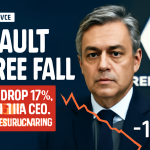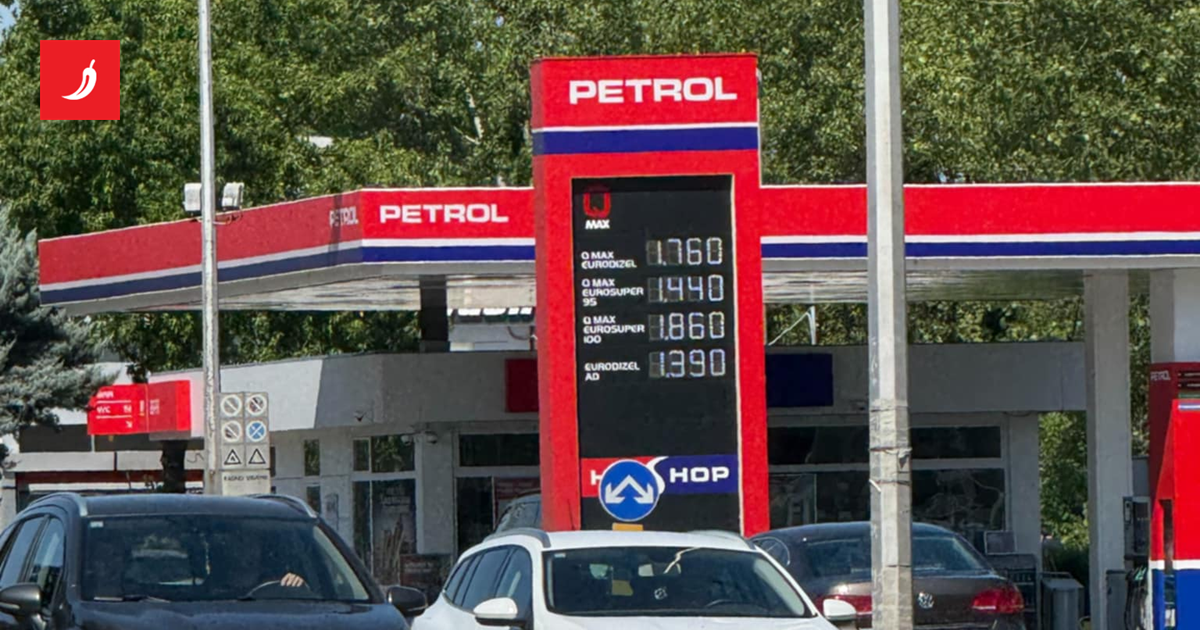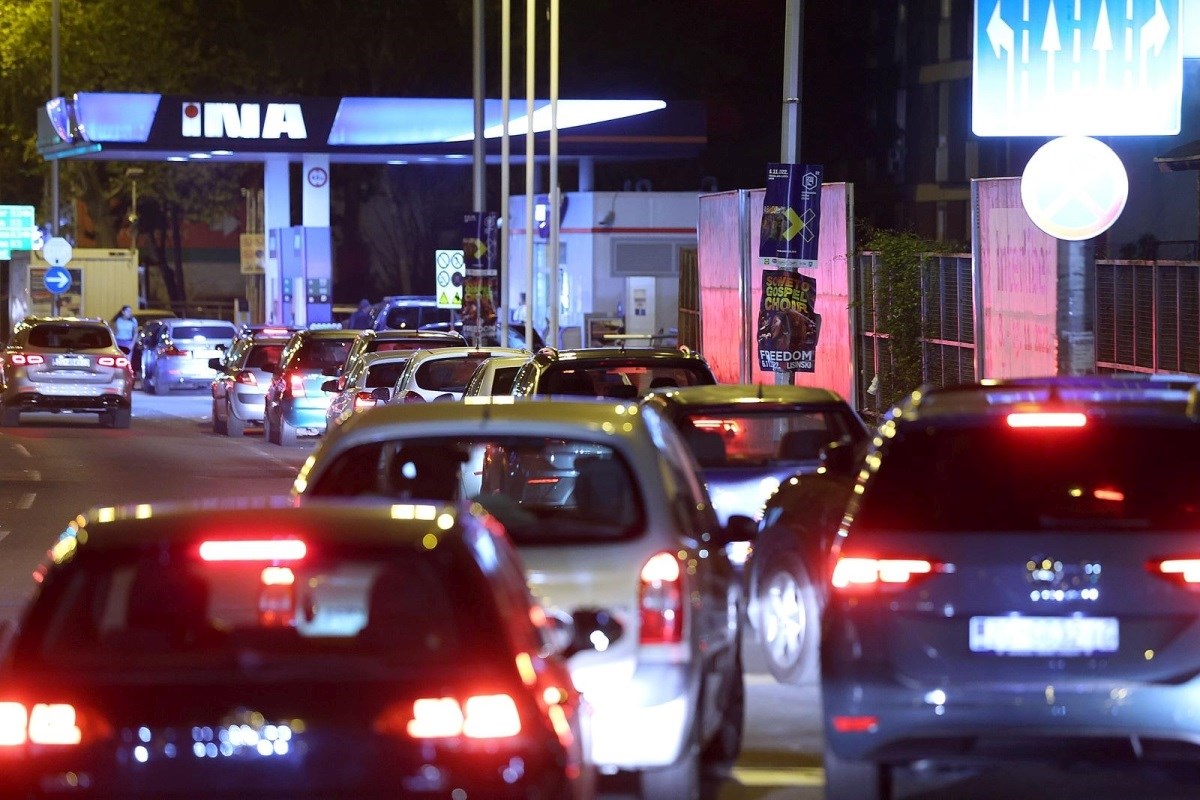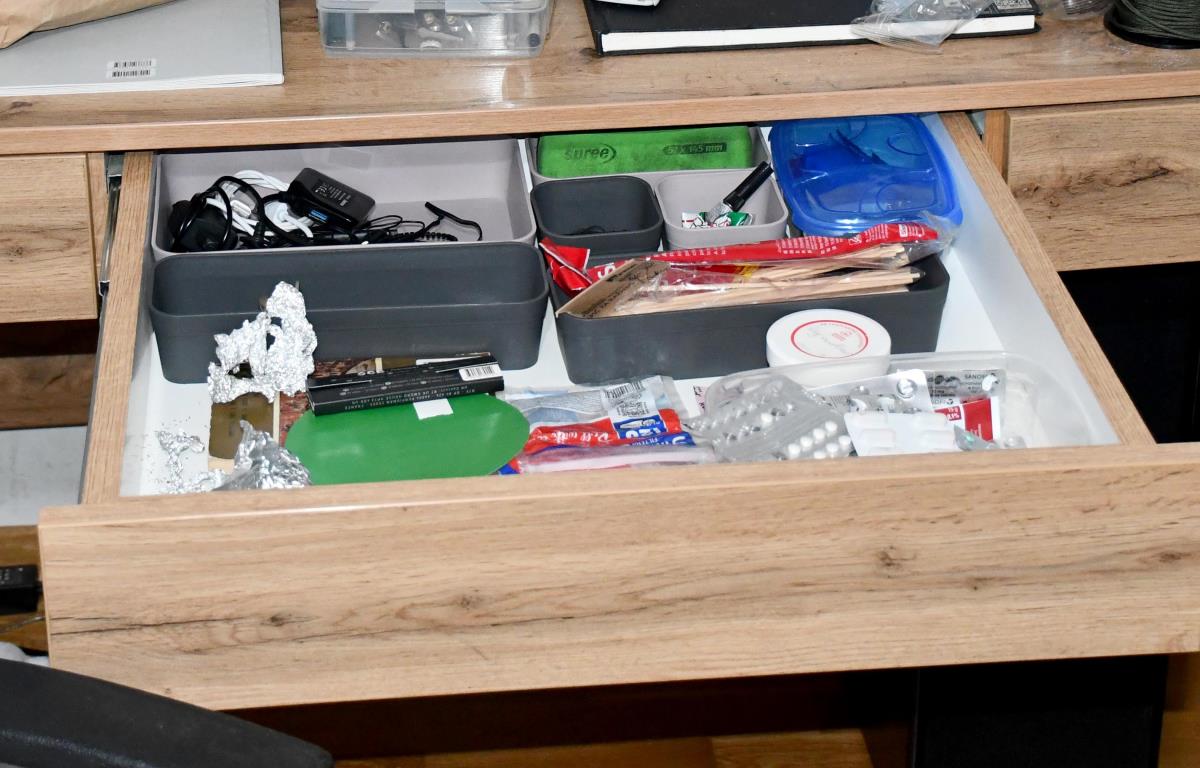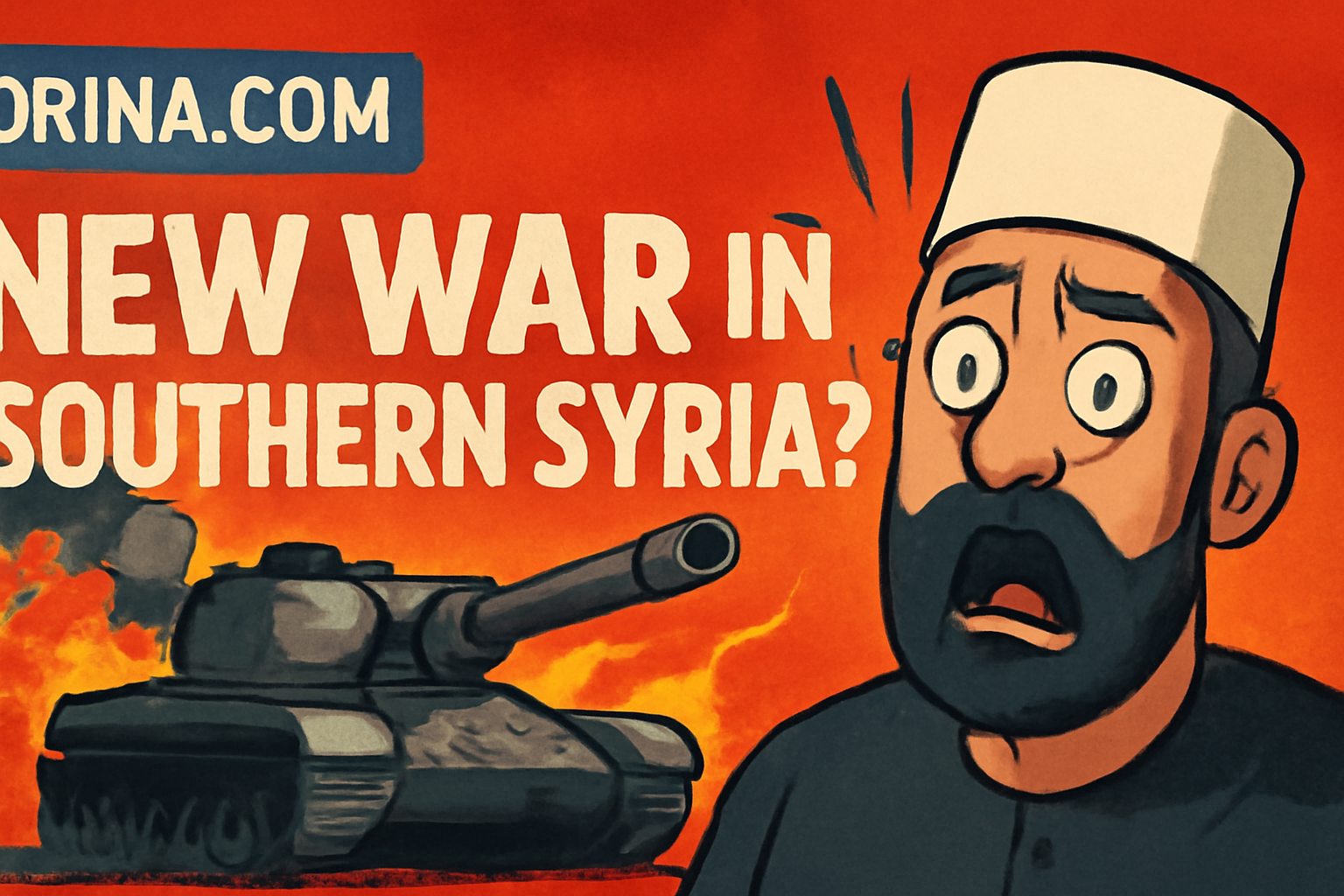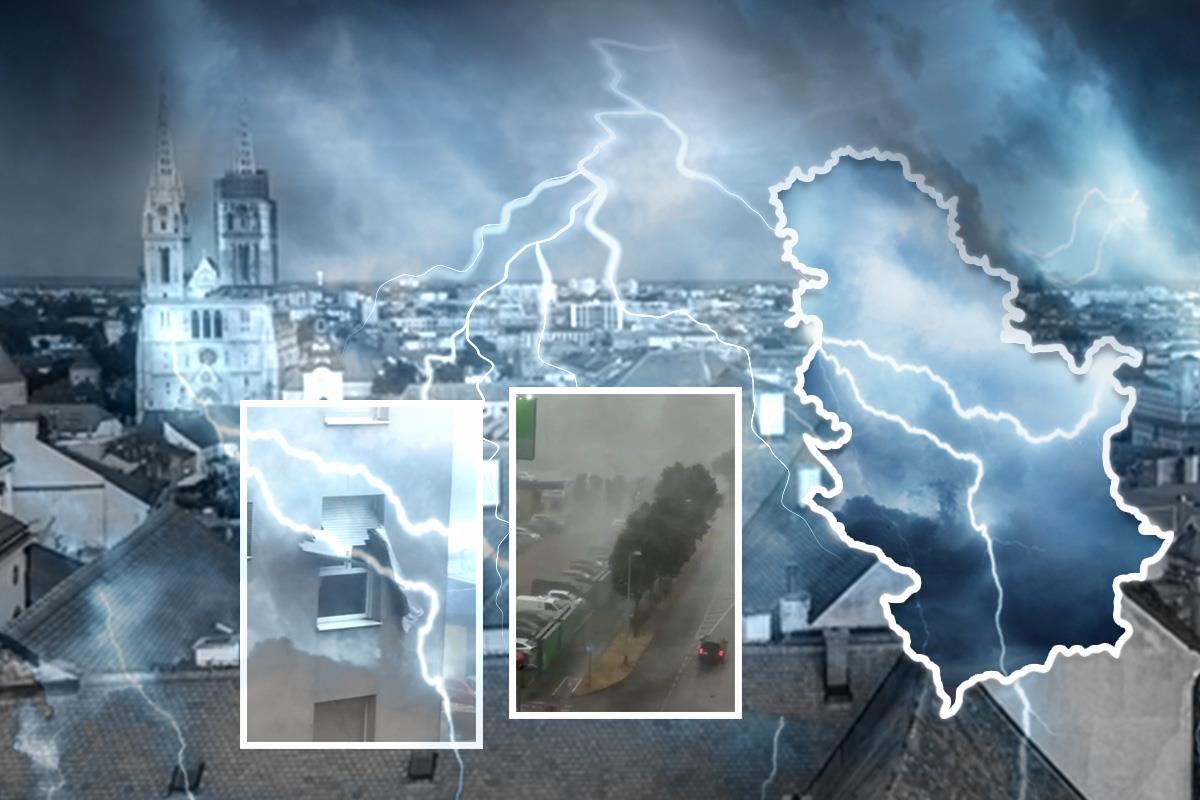Government Ends Fuel Price Controls: Get Ready for a Wild Ride at the Pumps!
For the past three years, the Croatian government has tightly controlled fuel prices, setting maximum retail prices for petroleum products every two weeks. But as of yesterday, that practice is over! The government has decided it will no longer issue decrees on maximum fuel prices, leaving the market free to set prices. Is this the end of consumer protection or the start of chaos?
Three Years of Control – What Did We Get?
Since 2020, the government has set maximum prices for eurosuper, eurodiesel, and blue diesel every two weeks. For example, in the last two weeks before deregulation, the price of eurosuper was capped at €1.45 per liter, eurodiesel at €1.38, and blue diesel at €0.78. These measures were introduced to protect citizens’ living standards and business stability, especially during global market volatility.
Free Market – Blessing or Curse?
Now that the government has decided to let prices form freely, many wonder what will happen. Preliminary calculations suggest prices might even drop: eurosuper could be 4 cents cheaper (€1.41), eurodiesel 2 cents cheaper (€1.36), and blue diesel 1 cent cheaper (€0.76). But the big question remains – how will distributors at gas stations, especially on highways and during the busy tourist season, set prices? Will we see price spikes and wild fluctuations?
Government Won’t Give Up Intervention – For Now
Although regulation is lifted, Economy Minister Ante Šušnjar has clearly stated the government will not allow unjustified and excessive price hikes that would harm citizens’ living standards or business operations. The government is ready to intervene again if the situation spirals out of control. So, free market with a safety net – or just an illusion of freedom?
Why Now?
The decision to end regulation came after thorough market analysis showed that global and regional oil markets have become more stable and predictable than before. The government believes there is no longer the volatility that required constant intervention. But is the market truly stable, or is this just playing with consumers’ nerves?
What Does This Mean for Us?
For drivers and consumers, this means fuel prices will now depend on supply and demand without government caps. During the tourist season, when demand is higher, there is a risk that distributors will raise prices to the maximum. On the other hand, if the market truly functions, prices could fall, which would be good for consumers’ wallets.
Is This the End of Subsidies and Budget Losses?
Previously, due to regulation, the state budget lost revenue because taxpayers subsidized foreign tourists and kept prices lower than in neighboring countries. Now, without regulation, the government hopes for higher revenues and a more efficient market.
Conclusion: Get Ready to Drive Without Government Brakes!
The government’s decision to end fuel price regulation is a bold move that could bring both relief and stress. The free market may lead to lower prices but also wild spikes, especially in season. The government has promised to monitor the situation, but will that be enough? One thing is certain – drivers will now have to watch prices closely and prepare for unpredictable changes.
What do you think? Is ending fuel price regulation a good move, or are we just left at the mercy of distributors? Drop a comment, share your pump stories, or crack a good fuel price joke – because if we can’t laugh, what else is left?



